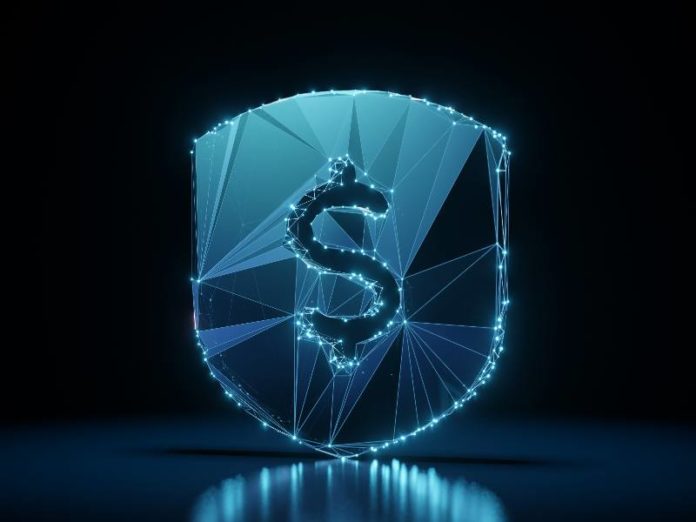
The funding will support up to 15 research, development, and demonstration (RD&D) projects that focus on developing new cybersecurity tools and technologies designed to reduce cyber risks for energy delivery infrastructure.
The hope is that projects selected will establish or strengthen research partnerships with energy sector utilities, vendors, universities, national laboratories and service providers working toward resilient energy delivery systems.
Researchers will aim to develop tools and technologies that enable energy systems to autonomously recognise a cyberattack, attempt to prevent it and automatically isolate and eradicate with no disruption to energy delivery.
There are six proposed topic areas for the projects, which include:
Automated cyberattack prevention and mitigation
Security and resilience by design
Authentication mechanisms for energy delivery systems
Automated methods to discover and mitigate vulnerabilities
Cybersecurity through advanced software solutions
Integration of new concepts and technologies with existing infrastructure
The funding will be provided by the DOE’s Office of Cybersecurity, Energy Security and Emergency Response (CESER).
The DOE cites the threat of cyber attacks to energy systems due to their capability to shut down critical energy infrastructure and disrupt energy supply, the economy and the health of consumers.
Combined with the additional grid upgrades funded in the Bipartisan Infrastructure Law and the Inflation Reduction Act, this series of funding is hoped will build greater cyber defenses into the energy sector.
“As DOE builds out America’s clean energy infrastructure, this funding will provide the tools for a strong, resilient, and secure electricity grid that can withstand modern cyberthreats and deliver energy to every pocket of America,” stated US Secretary of Energy Jennifer M. Granholm. “DOE will use this investment to continue delivering on the Biden Administration’s commitment to making energy cheaper, cleaner, and more reliable.”
According to the DOE, cybersecurity remains a priority as clean energy technologies deployed on the grid become highly automated.
Thus, building strong and secure energy infrastructure across the country is considered a key component of reaching President Biden’s goal of a net-zero carbon economy by 2050.
This news comes in as the Inflation Reduction Act is signed into law in the US, considered a significant piece of policy supporting clean energy and climate change mitigation in US history.